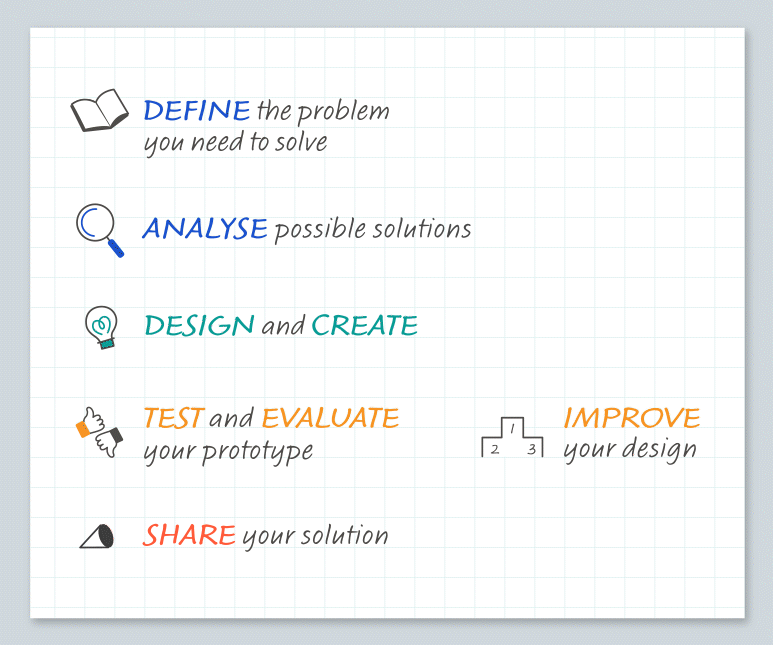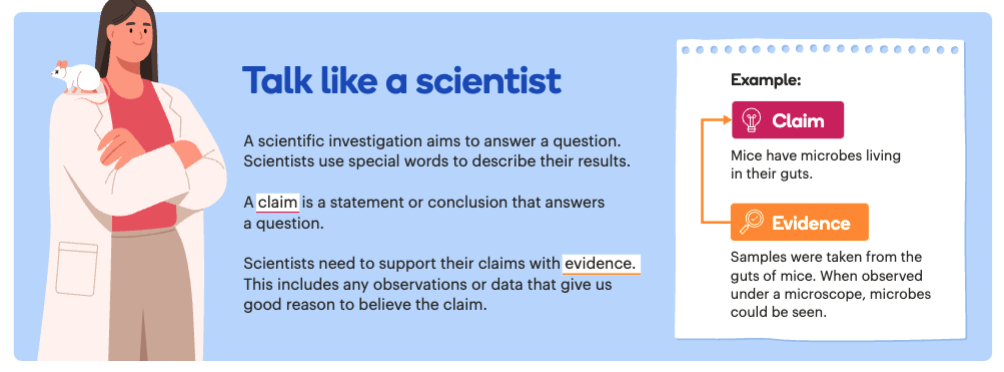Preparing for Version 9 of the Australian Curriculum

No doubt you are already busy preparing and beginning to implement Version 9 of the Australian Curriculum. It’s an enormous amount of work on top of an already enormous workload. Since Version 9.0 of the Australian Curriculum was released last year, we've tried to be at least one step ahead and bear some of the brunt for you.
What have we done since 2022?
- In May 2022 we outlined the key changes to the curriculum and how Stile covers new curriculum outcomes in this document and a blog post.
- Towards the end of 2022, we released a scope and sequence for the 2023 school year that aligns with the Version 9.0 of the Australian Curriculum.
- Since then, we've done another thorough review of the curriculum documents and have updated our suggested scope and sequence for 2024. It includes wonderful, rich, transdisciplinary, phenomenon-driven units that comprehensively cover Version 9.0 of the Australian Curriculum.
- We know that every school and every student is different so in this edition, we've included a link to an editable version of the scope and sequence so that you can modify it for your students and your school.
- In May 2023, we hosted a Flash PL webinar about the changes. You can view the recording here.
Now that the dust has settled a little bit, we wanted to provide you with a clear, concise summary of the changes to the Australian Curriculum and what we're doing about them.
What's changed and what are we doing about it?
What's changed?
Emphasis on transdisciplinary learning
The curriculum review aimed to improve alignment across curriculum areas (ACARA, 2020).
Improved alignment is evident in the Science rationale statement, which has a new paragraph emphasising STEM.
New Learning area connections have also been added to the Key connections section of the science learning area.
What's Stile doing about it?
Skill builder lessons
Skill builders are incorporated into Stile units to support the development of numeracy skills before they are applied. These lessons reinforce and build on what students learn in maths class to explore scientific concepts. Take a look at the Calculating mean, median and mode lesson from the Body Systems unit for an example of how skill builder lessons support the integration of mathematics into science.
Engineering challenges
To address the ‘E’ in STEM, engineering challenges are found throughout the Stile collection. These lessons ask students to consider real-world problems and design solutions by working through the engineering-design process. Check out this lesson, which introduces the engineering challenge in Energy.

What's changed?
Integration of First Nations histories and knowledge
A number of changes made to the curriculum indicate a clear priority to incorporate First Nations histories and knowledge.
Intercultural inquiry practices, such as this one, encourage recognition of and respect for First Nations cultures within the science inquiry strand.
Protocols for engaging First Nations Australians have been added to the new Key Considerations section of the science learning area.
What's Stile doing about it?
We’re currently collaborating with First Nations scientists and educators to improve how we integrate Aboriginal and Torres Strait Islander Histories and Cultures as a cross-curriculum priority. Our team is working alongside Joe Sambono, Associate Professor at the University of Melbourne’s Graduate School of Education, to integrate First Nations histories and knowledge into our resources. We’ve already begun updating one unit, which represents a starting point from which we will continue to build. Watch this space!
What's changed?
Promoting inquiry
Sample inquiry questions have been included in each year-level overview for science. See the examples below for Year 7. These questions are designed to support teachers and students in tying the three strands of the science learning area together and strongly suggest an inquiry-driven approach.
- Mosquitoes are so annoying! What would the impact be if we got rid of them?
- What would Australian ecosystems look like without fire?
- How do simple machines make our lives easier?
- Why is being able to separate mixtures important?
- How have systems of classification changed over time? How do they differ across cultures?
(Australian Curriculum and Research Authority, 2022)
What's Stile doing about it?
Our newest units are excellent examples of incorporating an inquiry-driven approach, while maintaining a balance with direct teaching. This is the most effective approach (Mourshed, Krawitz & Dorn, 2017).
In the Waves unit students use the guiding question “How can someone on the other side of the world see and hear you?” as an anchoring point to explore the real-world phenomenon of digital communication.
The Driving Questions Board is a tool that some Stile units employ to support teachers in adopting an inquiry-driven approach. Students generate questions and revisit them throughout the unit, gradually building the knowledge required to answer their wonderings. Take a peek at this template lesson that you can use to create a Driving Questions Board with your students.
What's changed?
Science inquiry
What was previously the “Science inquiry skills” strand has had a minor re-brand and is now called “Science inquiry”. This reflects a shift in focus towards inquiry practices rather than skills.
Science inquiry content descriptions have been updated to include practices such as: understanding intercultural inquiry practices, modelling and argumentation.
What's Stile doing about it?
Our newest units include intentional opportunities for students to evaluate real scientific data, form an opinion and justify it with evidence. In The Nervous System students use data from a study on mice to make a claim about the role of gut microbes in mental health.

What's changed?
Science as human endeavour
Content descriptions in this strand have been rewritten to emphasise the relationship between science and society and the importance of science communication.
What's Stile doing about it?
Socratic seminars, like this one from our Evolution unit about how we should use antibiotics, and specific “science and society” lessons, such as this one from Body Systems, encourage students to consider the role of science in their daily lives. Students have many opportunities to consider the role of science communication through projects where they communicate a message to an audience. In Human Impacts on Ecosystems, for example, students plan and create an awareness campaign to help protect coral reefs.
Putting the changes into action
When it comes to incorporating these key changes in your day-to-day science teaching, we’ve got your back. On top of the handy Teacher Tips available within Stile, we’re developing super useful Teaching Plans and Lab Guides for each Stile unit (check out our latest for Energy and Non-contact forces and Electricity). These documents tell you everything you need to know (and nothing you don’t!) about teaching a unit. The lesson-by-lesson planner breaks down how to approach each lesson by breaking it into three manageable chunks: the icebreaker, the core of the lesson, and to close. Follow the simple guidelines and you’ll be using our fully curriculum-aligned resources to deliver a complete science programme to your students.
We’re confident that transitioning to Version 9.0 of the Australian Curriculum will be a breeze with Stile. Let me know how you're getting on at clare.feeney@stileeducation.com

